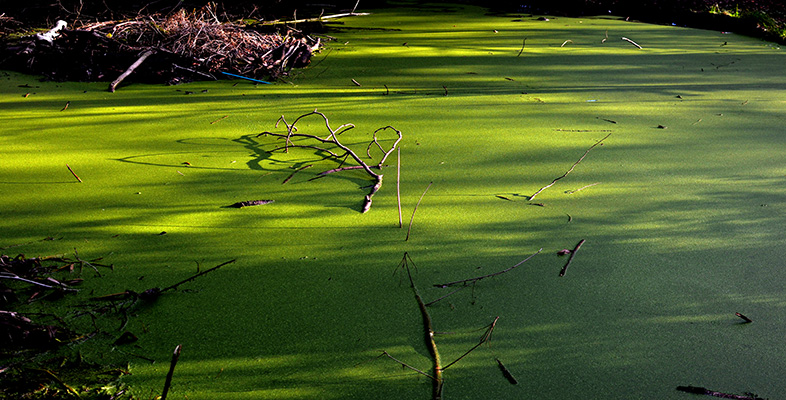3.2.4 Land use
Studies evaluating the effects of nutrient loading on receiving water bodies must take account of the range of land uses found within a catchment.
As shown in Table 3.1, phosphate exports increase considerably as forests are converted to agricultural land and as agricultural land is urbanized. Agricultural runoff is known to be a potential source of nutrients for eutrophication, but the degree of mechanization may also be important. In catchments where agriculture is heavily mechanized, higher levels of sedimentation are likely. Most sediments arise as a result of soil erosion, which is promoted by tilling the land intensively. This destroys the soil’s natural structure as well as removing vegetation which helps to stabilize soil.
To cite just one example, high sediment input in the latter half of the 20th century has caused shrinkage of the area of open water in the Mogan Lake system near Ankara, Turkey. Undoubtedly, mechanization and intensification of agriculture have played their part, but so too has the drainage of adjacent wetlands. The drained wetlands no longer trapped sediments, and themselves became vulnerable to erosion. This further increased sediment loadings in the lake. Levels of phosphorus have also risen. Draining the wetlands exposed the organic matter in their soils to oxidation, ‘mobilizing’ the phosphorus that had accumulated there over many years. This was then carried into the lake in drainage water.
| Land use | Total phosphorus | Total nitrogen | |
|---|---|---|---|
| Losses from land to water courses | urban | 0.1 | 0.5 |
| rural/agriculture | 0.05 | 0.5 | |
| forest | 0.01 | 1.3 | |
| Additions to land | atmospheric sources: | ||
| rainfall | 0.02 | 0.8 | |
| dry deposition | 0.08 | 1.6 |
